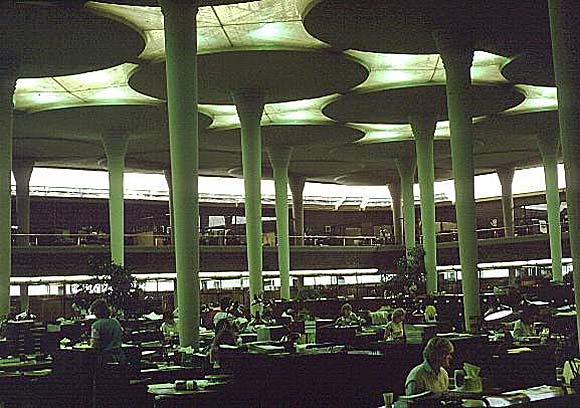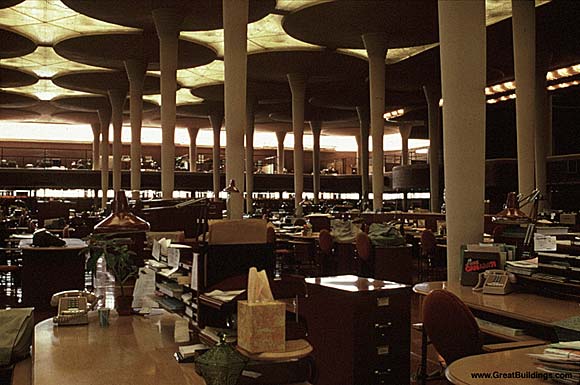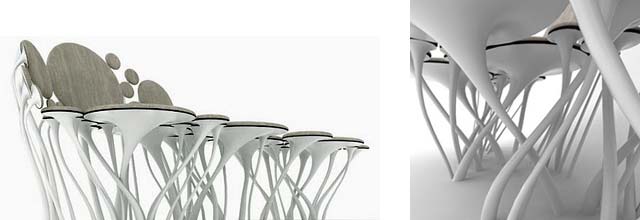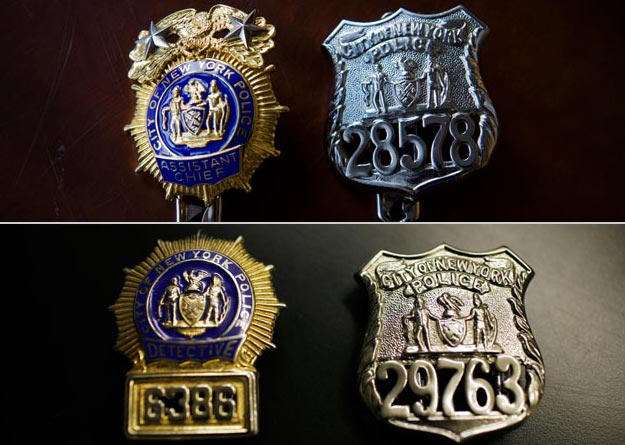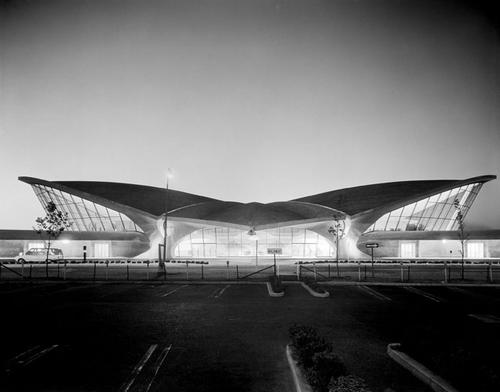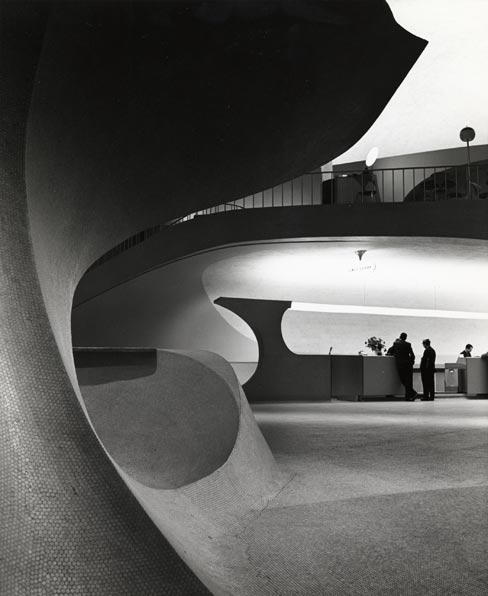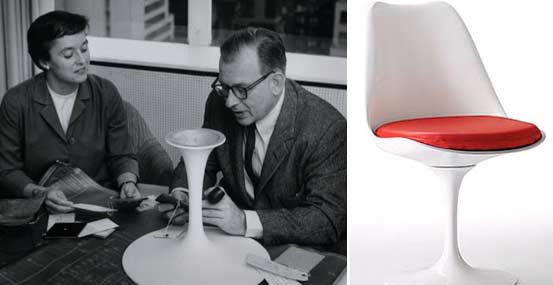Rattle big black bones in the danger zone

{ The US authorities have discovered 20 tonnes of marijuana, worth tens of millions of dollars, in one of the most advanced illegal tunnels ever found. The passage is half a mile long and runs from inside a house in Mexico straight under the border with the United States and into a warehouse in San Diego. | BBC | video }







